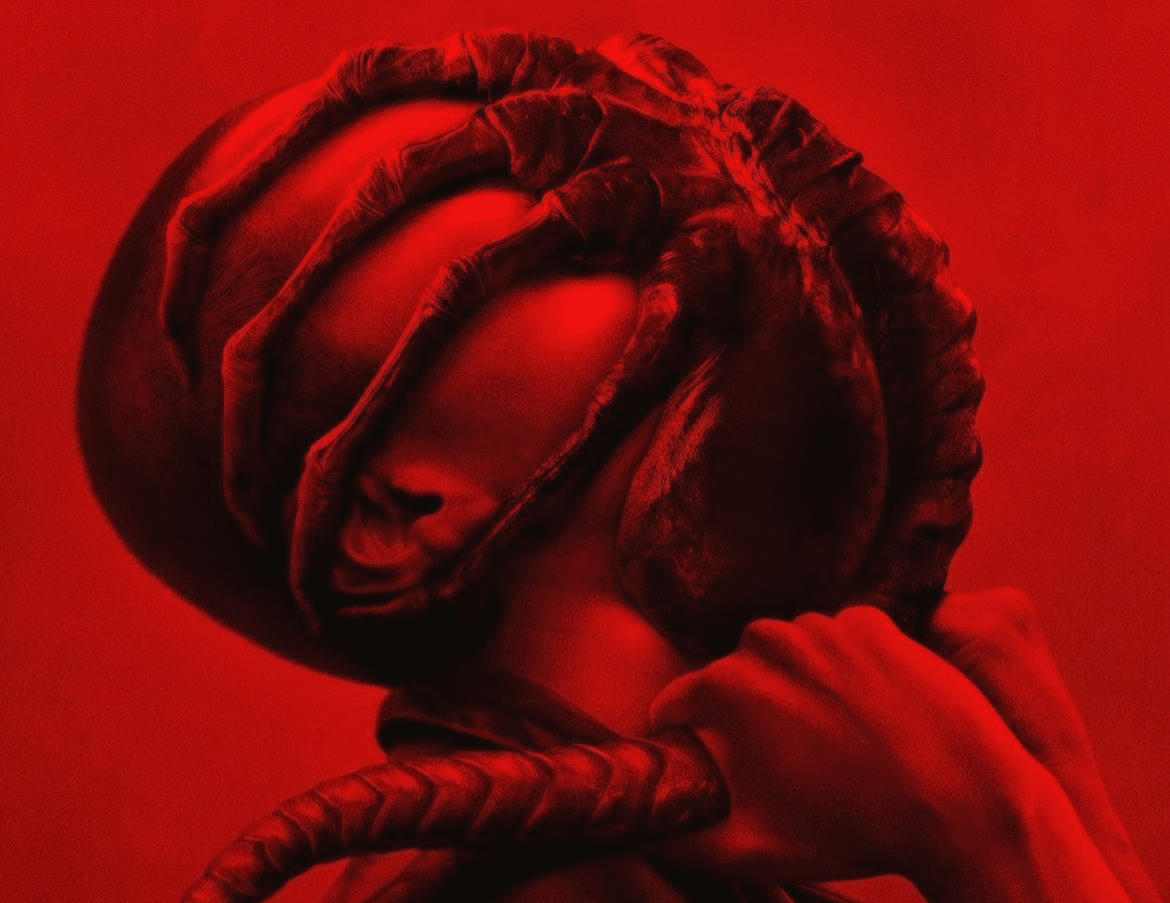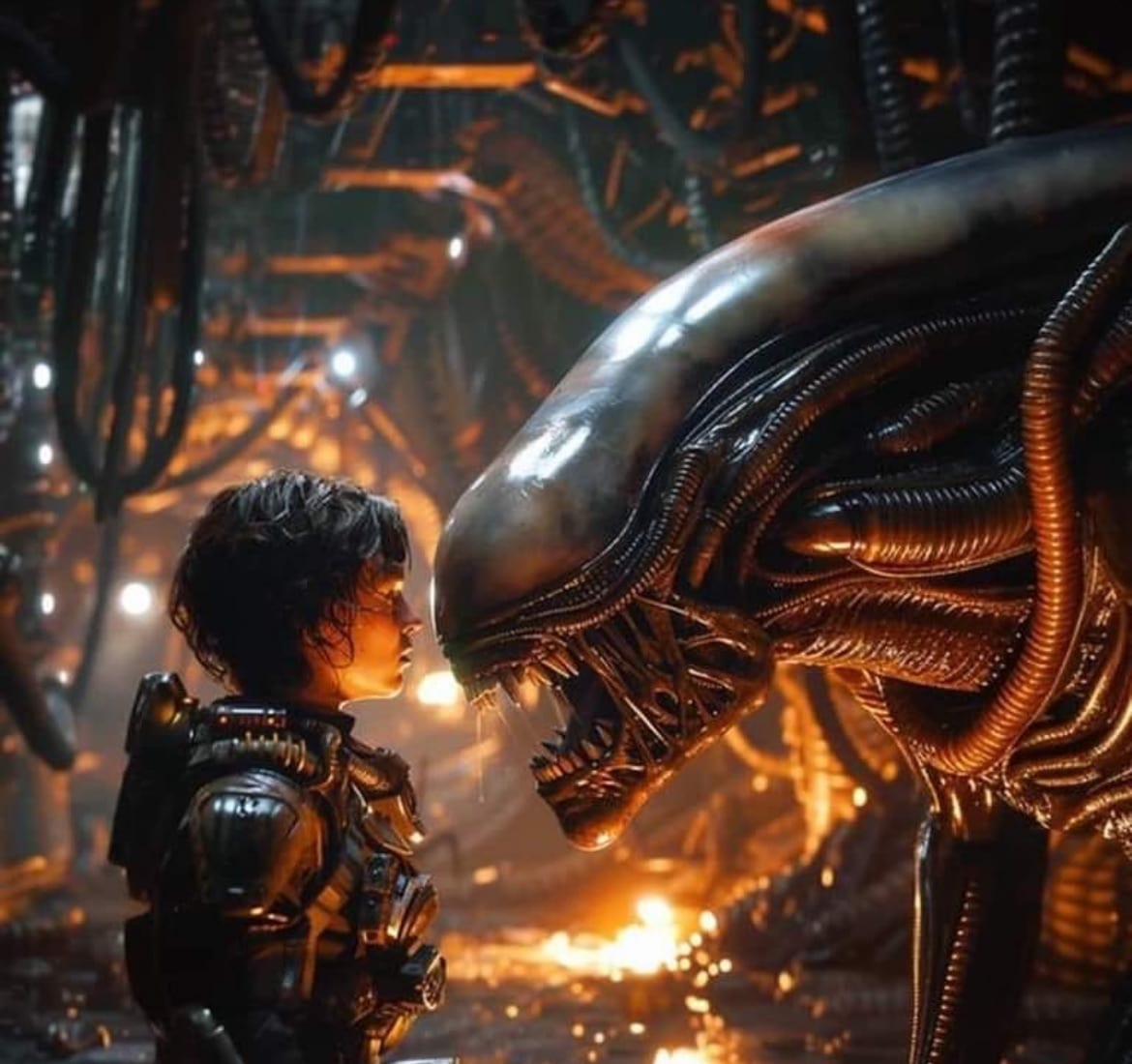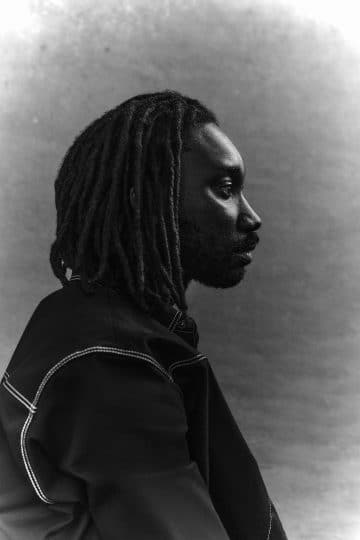Who was Alien artist H R Giger?
Culture
With Alien:Romulus proving to be a big hit, here’s all you need to know about the eccentric Swiss artist behind the original xenomorph design.
Alien: Romulus is a box office hit and a winning return to form for the Alien franchise. Well, actually, let’s face it, the franchise has been out of form since 1992’s Alien 3, it’s mostly been disappointments every step of the way (and we include the overrated, deathly dull Prometheus in that). While Romulus is flawed to say the least (biggest issue: the teen characters, who are very thinly written in sharp contrast to the roughly hewn charisma big hitters in both Alien and Aliens), it is also a fun ride and genuinely scary, with brilliant action sequences and repellent monsters. Which brings us to H.R Giger. For in casting back to the original film with its production design, it has also revived the disturbingly sexual xenomorphs that Giger designed for the original Alien.
It was a canny piece of casting for director Ridley Scott back then, lending his film another layer of psycho-sexual drama to a creature already hitting notes of cold hard animal killing. For Giger, it marked the beginning of him dancing in and out of pop culture, but as we shall see, he was always on his own dark path regardless.
Here’s what you need to know about one of the most unique and troubling artists of the last century.
1. Giger’s unique, highly eccentric, utterly nightmarish style was known as Fantastic Realism, or more commonly: “Biomechanical.” In his work, humans and other organic forms are combined with or transformed by machine apparatus and other ‘hard’ forms. Unnverving to say the least, it was about death and sex and body horror, offering disturbing erotic visions of a future where the boundaries of humanity are disrupted by technological advances.
2. “Some people say my work is often depressing and pessimistic, with the emphasis on death, blood, overcrowding, strange beings and so on, but I don’t really think it is,” he once said. There is certainly something transcendent and awe-inspiring about it, rather than it being strictly depressing…but unavoidably nightmarish. Giger did also say was that his work came from trying to channel and exorcise his “strange dreams and nightmares”.
3. Giger had plenty of disturbing childhood incidents to draw upon. Born in 1940, to a pharmacist family in Char, Switzerland, he was a highly sensitive child who was haunted by the dark spaces in and around his family home, and by the antics of his family. In the documentary Dark Star, we learn that his sister took him to a museum as a child, and when she noticed him become terrified of an Egyptian mummy in the cellar of the building, she made him return to look at it every Sunday. Then there was the time his pharmacist father gave him a human skull – too terrified to hold it, yet fascinated, the young Giger dragged it around town on a piece of string.
4. But it wasn’t just a bit of family bullying, Giger was brought up just over the border from Nazi Germany, and he was very much aware of the fear in the air, saying, “I could feel the atmosphere when my parents were afraid. The lamps were always a bluish dark so the planes would not bomb us.” That bluish dark lamp is surely echoed in the head of the xenomorph, along with the obvious, er, penility.
5. Reflecting on a childhood at school he balanced a fear of snakes and worms with an interest in sex: “During the long years at school, I had always distinguished myself as an illustrator of pornographic fantasies.”
6. When he first started to exhibit his rapidly developing paintings in Chur, he says the only result the gallery owner faced was, “the task of wiping the spit off the windows every morning.” He also commented, “Chur is an unbearable dump for someone like me.”
7. After military service, he studied architecture and industrial design in Zurich, and intended to become an interior designer (he went on to design plenty of furniture and interiors, as seen in his film work and museum) but drifted into art on the Swiss squat scene.
8. While he started in ink and oil, later he predominantly worked using airbrushing, where compressed air is used to atomize paint to an incredibly fine degree, allowing artists to create very smoothly blended colours. We don’t understand what we just wrote either, but safe to say it gives Giger’s work a smoky, eerie quality in his monochromatic figures and landscapes that was all too, well, alien.
9. He fell love with a model called Li Tobler in 1966. The two had a turbulent relationship, in which multiple affairs and drug use featured. She became the face of many of his most famous works, but took her own life in 1975, something which devastated Giger and turned his work even darker. One visitor to his studio found a canvas with a hole in – from the bullet which she shot herself with in his studio. Later, rumours circulated around the Alien cast and crew that Giger kept the skeleton of Tobler in his house, something he later denied.
10. His breakthrough book was 1977’s Necronomicon, the title of which was a reference to one of his heroes, the visionary horror writer H P Lovecraft, with whom he shared an interest in strange beasts, body transformations and occultism. The book showcased his haunting and singular work, full of sex organs, demons, beautiful women absorbed into machines and machines made from human bone and tendons.
11. Salvador Dali provided the link between Necronomicon and Alien.A mutual friend showed Dali some of his work and Dali in turn mentioned him to Chilean auteur Alejandro Jodorowksy, who had visited Dali in Spain to ask him to play the Emperor in a version Dune he was developing in 1975. By the time Giger got there, Jodorowsky had gone, but he made friends with Dali. “I always need a reason to go somewhere. Jodorowsky was the reason, but I was able to meet Salvador Dali. He was very nice. Two months later I went to Paris to visit a friend, and I went to see Jodorowsky, who said, ‘Could you do some design for me?’ Jodorowsky’s Dune was eventually shelved, but one of the writers was Dan O’Bannon, who was by now working on Alien. A copy of Necronomicon was picked up from a 20th Century Fox desk by Ridley Scott, just after he’d signed up for the film. He said, “I took one look at it, and I’ve never been so sure of anything in my life. I was convinced I’d have to have him on the film.”
12. Giger designed the derelict spaceship on the planet the crew visit in Alien, as well as the alien egg, the Space Jockey, the face hugger, the chest burster and the Alien. “I designed the face hugger with spring-like tail so it could jump out of the egg. And it has two great hands to hold the man’s head. It is a practical biological form….[with the chest-burster] you know the painter Francis Bacon? He did a crucifixion painting in 1945, and there is a kind of beast in it that has a head that is only a mouth. Ridley said he wanted something like that. It was logical. This beast has to come out, to chew and claw its way out of a man’s chest. The only important thing is the teeth…In the first design for the alien, he had big black eyes. But someone said he looked too much like a Hell’s Angel. And then I thought it would be even more frightening if it had no eyes! We made him blind! Then when the camera comes close, you see only the holes in the skull. Now that’s really frightening. Because, you see, even without his eyes he knows exactly where his victims are, and he attacks directly, suddenly, unerringly. Like a striking snake. Then I started thinking, that long skull ought to have a function. I thought I can make a long tongue come out. The end of the tongue even looks like the chest-burster. See the muscles and tendons of the jaw? We made them out of stretched and shredded latex contraceptives.”
13. He won an Oscar for his work on Alien. Less fondly remembered is his work on other movies including Poltergeist II and Species.
14. He was a frequent designer of album artwork, including KooKoo by Debbie Harry and Brain Salad Surgery by Emerson, Lake and Palmer. But his most notorious work was for Frankenchrist by Dead Kennedys, which was at the centre of a huge court case. A pull out poster accompanying the album, called Landscape XX, but popularly known as the ‘penis landscape’ became the centre of an obscenity trial in America. It depicted a number of penises entering vaginas and, after the parents of a child who had bought the album complained, it resulted in Kennedys frontman Jello Biafra being arrested and charged with distributing harmful material to a minor. Eventually a mistrial was declared and the prosecutor later admitted he found Biafra’s lyrics on the album socially responsible: “I just felt we were on the wrong side of history.”
15. The H.R. Giger Museum is at the Saint—Germain Castle in Gruyeres, Switzerland, which was his home in his later years, and is quite something. Check out the description of bar they have inside it:
‘The womb-like interior of the otherworldly environment that is the H.R. Giger Museum Bar is a cavernous, skeletal structure covered by double arches of vertebrae that crisscross the vaulted ceiling of an ancient castle. The acute perceptual sensation of being in this extraordinary setting recalls the Biblical tale of Jonah and the whale, lending the feel of being literally in the belly of a fossilised, prehistoric beast. But the the “Harkonnen” chairs, with their spinal cord backs topped by pelvis bones, and the stone floor plates engraved with strange hieroglyphs all suggest that somehow you have been transported into the remains of a mutated future civilisation.’
16. He died on May 12 2014 in Zurich. One guest at the funeral was quoted as saying he was, ““a warm hearted person who could scare us but who had a beautiful soul”.
Trending

Join The Book of Man
Sign up to our daily newsletters to join the frontline of the revolution in masculinity.




















